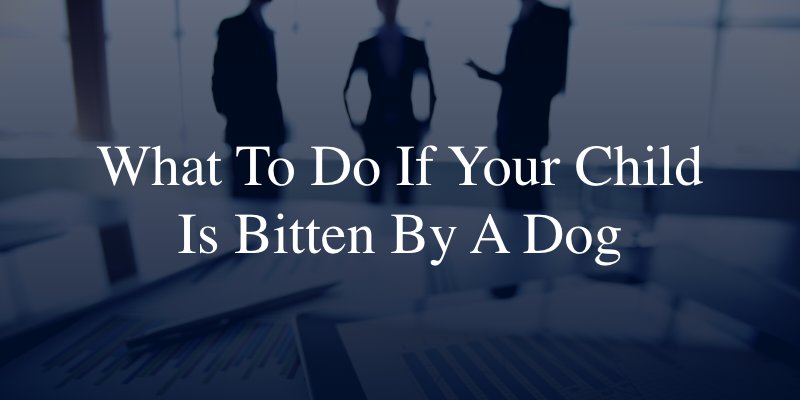Every year, countless incidents of dog bites are reported, with many of these occurrences involving children. An unfortunate reality is that even the gentlest dog can act unpredictably around kids. Recognizing the risks and understanding how to navigate these situations is crucial for the safety of both children and dogs.
Children Are Susceptible to Dog Bites
Children, due to their smaller size and less developed motor skills, are particularly susceptible to dog bites. Their natural curiosity and playful demeanor might inadvertently provoke a dog. Furthermore, children might not recognize the warning signs a dog exhibits when feeling threatened, leading to a higher likelihood of a bite incident.
How to Prevent Dog Bites Around Children
Protecting children from potential dog bites starts with understanding canine behavior and teaching children appropriate ways to interact with dogs. Here are a few steps that you can take to help minimize the risk of a bite:
- Educate Your Child: Teach children always to approach dogs slowly and with caution. Kids need to understand that not every dog is friendly, and some might react defensively to sudden movements.
- Avoid Disturbing a Dog: Children should never disturb a dog when it’s eating, sleeping, or guarding its territory. These are times when dogs are more likely to react aggressively, even if they’re typically calm.
- Always Supervise Interactions: Never leave a child unsupervised with a dog, regardless of the dog’s temperament. Both dogs and children are unpredictable, and supervision ensures immediate intervention if a bite occurs.
- Familiarize Dogs with Children: If you have a dog and are expecting a child, gradually introduce the dog to the child’s items like toys and clothing. This helps the dog adjust to the new member of the family, reducing potential territorial behavior.
- Set Boundaries: Ensure that both the child and the dog have their own space where they can retreat and feel safe. Forcing interactions or not giving either party an escape can lead to stress and potential aggression.
- Instruct Children on Dog Body Language: Teach kids to recognize when a dog is scared, aggressive, or anxious, such as growling, baring teeth, or raised fur. Recognizing these signs can help prevent potential bites.

What to Do If Your Child Is Bitten by a Dog
It’s a situation no parent wishes to face, but if your child is bitten by a dog, swift action is crucial. As soon as possible after the bite, get your child to a safe place away from the dog. If you have the supplies available, clean the bite wound gently with warm water and soap and dress it in a clean bandage. This helps remove debris from the bite and could reduce the risk of infection.
Even minor bites can lead to infections. Consult a healthcare professional to assess the severity and get the treatment that your child requires as soon as possible after the attack. If possible, collect the owner’s information and all pieces of evidence related to the attack—including photos of the bite wound, any torn clothing, and the location where the incident took place.
Then, contact a Washington dog bite attorney as soon as possible. An attorney can help you pursue legal action against the animal’s owner and recover compensation to pay for your child’s medical care and other damages. Schedule a free consultation after the attack to plan your next steps.
